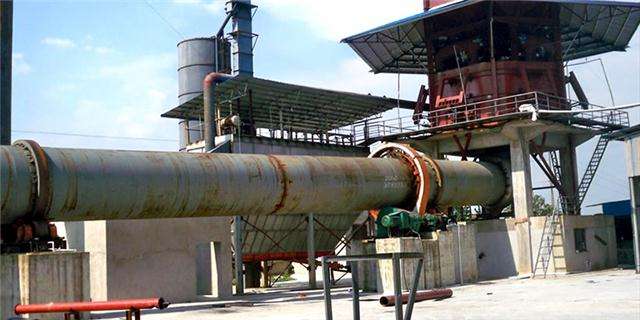The sludge incineration technology refers to the conversion of organic matter in the sludge to CO2, H2O, N2, etc. under a certain temperature and sufficient aerobic conditions, and the heat released during the reaction is used to maintain the reaction temperature conditions. Sludge incineration technology is the most thorough sludge treatment method. It removes all organic matter, kills all pathogens, and minimizes sludge volume.
The sludge incineration technology generally adopts a fluidized bed process and is divided into a fixed (bubble) fluidized bed incinerator, a circulating fluidized bed incinerator, and a rotary fluidized bed incinerator. The flue gas from sludge incineration should be treated and meet the relevant regulations of the Domestic Waste Incineration Pollution Control Standard. The ash from sludge incineration and the fly ash collected by dust removal equipment should be collected, stored and transported separately. The state encourages the comprehensive utilization of slag that meets the requirements: fly ash needs to be properly disposed of after identification. The sludge incineration process is widely used in large and medium-sized cities with more developed economies. Generally, the combined use of dry incineration is used to improve the thermal energy utilization efficiency of the sludge.
Advantages of sludge incineration technology:
Sludge incineration treatment of sludge can achieve “sludge reduction, stabilization and harmlessness” to the greatest extent.
The ash after sludge incineration can be directly or treated with heavy metal chelating agent and then enter the landfill according to the heavy metal content. It can also be used as building materials or paving.
Disadvantages of sludge incineration technology:
Large investment and high equipment maintenance cost.
The sludge itself has a low calorific value and needs to be mixed with domestic garbage and coal, and the running cost is high.
Exhaust gas emissions are large, which may cause secondary pollution.
The target of sludge treatment is sludge reduction, stabilization, and harmlessness. To be used as a resource is a yearning, and there is a long way to go with reality. It is generally “incapable” and cannot be a goal that must be achieved. Each treatment method has different advantages.
There is no best in the choice of sludge treatment technology, only the most suitable. According to different regions and different sludge types, considering the climate, regional characteristics, construction conditions, etc., it is an ideal choice to combine various processes to achieve the best results.



